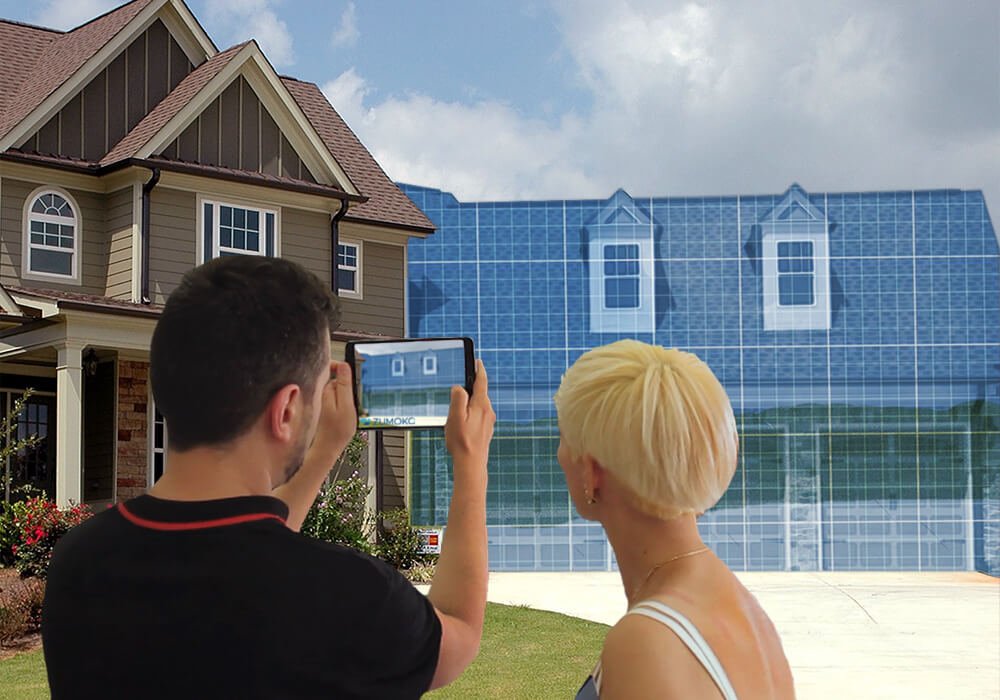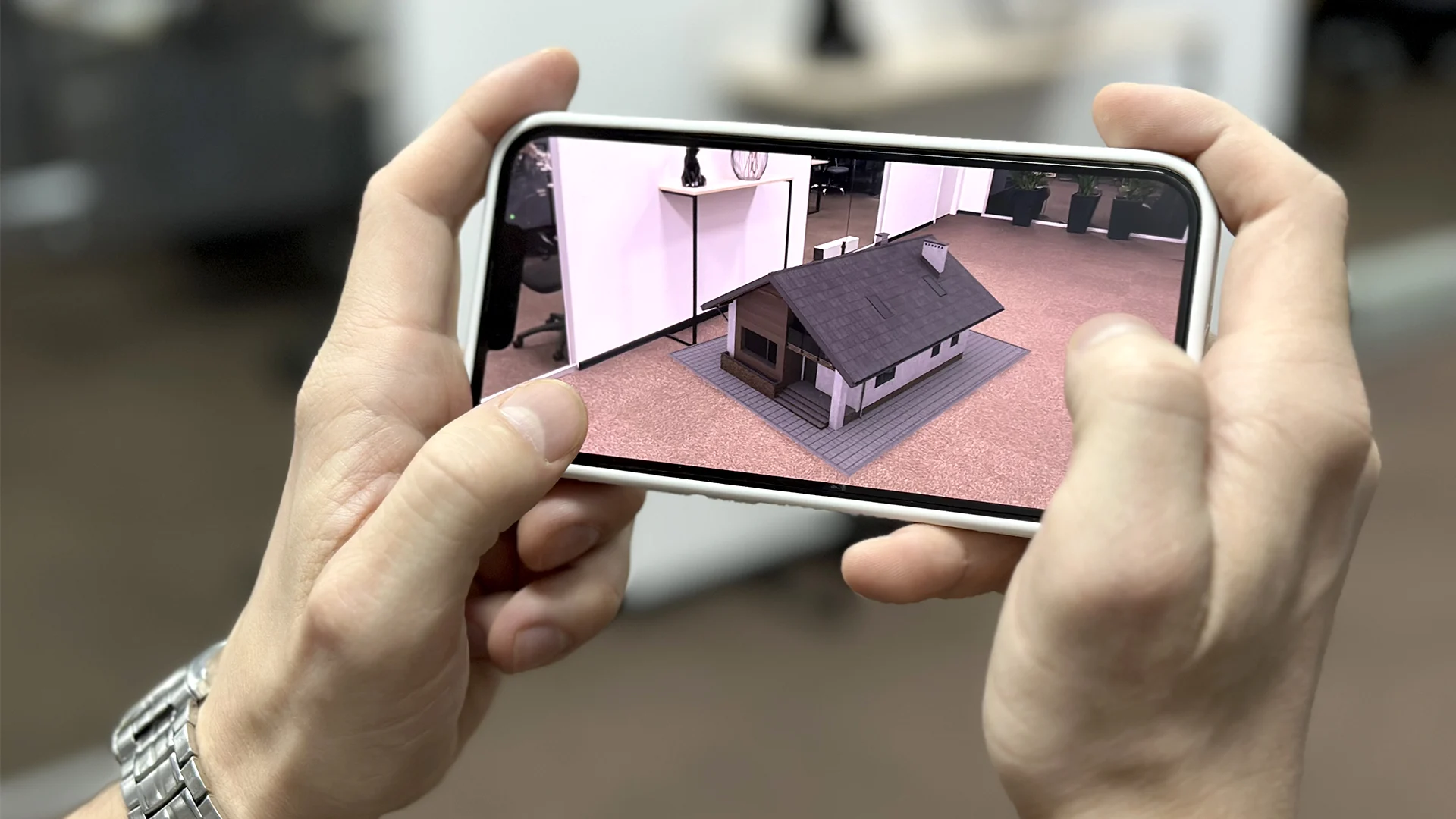Augmented reality in architectural visualization
Augmented reality (AR) has emerged as a transformative tool in architectural visualization, offering architects, designers, and clients immersive experiences that bridge the gap between digital models and physical spaces. Here’s a deep dive into how AR is reshaping architectural visualization and design processes:
1. Immersive Design Experiences
Spatial Context:
- Virtual Mockups: Placing digital 3D models of buildings and spaces into real-world environments, allowing architects and clients to visualize designs at scale.
- Contextual Understanding: Providing stakeholders with a realistic sense of spatial relationships, lighting conditions, and environmental impact before construction begins.
2. Real-Time Design Iterations
Iterative Feedback:
- Design Collaboration: Facilitating real-time collaboration among architects, engineers, and clients to review and refine design concepts.
- Instant Adjustments: Allowing for quick modifications to designs based on stakeholder feedback and design criteria, enhancing efficiency in decision-making.
3. Enhanced Client Engagement
Interactive Presentations:
- Client Demonstrations: Offering clients interactive tours of proposed designs, enabling them to explore spaces and features in detail.
- Visual Impact: Illustrating design intent and potential outcomes more effectively than traditional blueprints or 2D renderings.

4. Visualization of Complex Designs
Detailed Visualization:
- Complex Geometries: Displaying intricate architectural details and complex geometries that are challenging to convey through traditional visualization methods.
- Material and Finish Options: Previewing different material choices and finishes in real-time to assist in material selection and aesthetic decisions.
5. Site Analysis and Planning
Contextual Understanding:
- Site Surveys: Using AR to overlay proposed designs onto existing site conditions, aiding in site analysis and feasibility assessments.
- Urban Planning: Visualizing urban developments and infrastructure projects within their surrounding environment to evaluate impact and integration.
6. Educational and Training Tools
Learning Environments:
- Architectural Education: Providing students and professionals with interactive learning experiences to understand architectural principles and design processes.
- Training Simulations: Simulating construction sequences and project phases to train workers and enhance safety protocols on-site.
7. Case Studies and Real-World Applications
Exemplary Projects:
- The Walkie Talkie Tower, London: Using AR to visualize the impact of sunlight reflections on surrounding buildings, leading to design modifications for better environmental performance.
- IKEA Place App: Allowing users to preview furniture and home decor in their own homes using AR, demonstrating consumer applications of AR in design and retail.
8. Future Trends and Advancements
Technological Innovation:
- AR Glasses and Wearables: Advancing AR capabilities with wearable devices for hands-free visualization and on-site construction guidance.
- Integration with Building Information Modeling (BIM): Enhancing AR applications with real-time data from BIM models for more accurate project visualization and management.
Conclusion
Augmented reality is revolutionizing architectural visualization by providing immersive, interactive, and collaborative experiences that enhance design communication, client engagement, and project efficiency. As AR technology continues to evolve, architects and designers can leverage its capabilities to push the boundaries of creativity, sustainability, and functionality in architectural practice. By embracing AR in architectural visualization, professionals can create more informed, inclusive, and compelling built environments that meet the needs and aspirations of communities and stakeholders worldwide.



